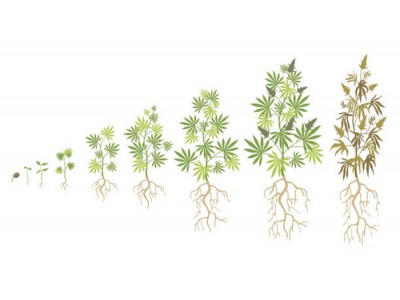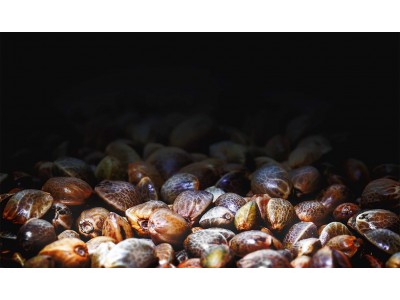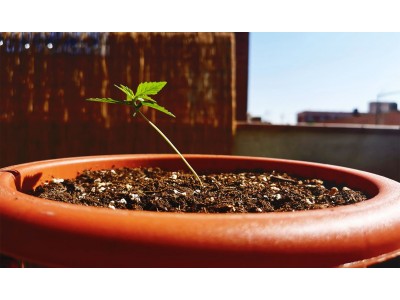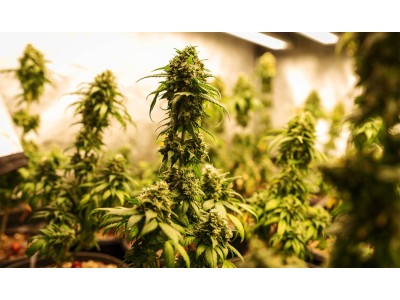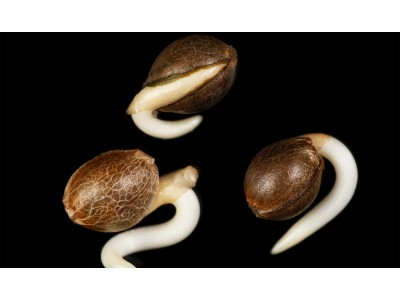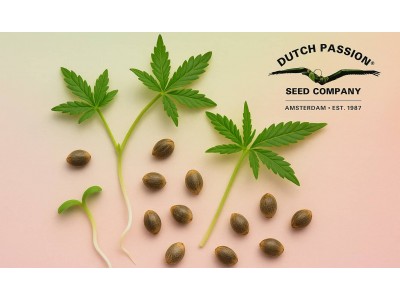0.00€
CheckoutAutoflowering cannabis seeds: varieties with unique characteristics
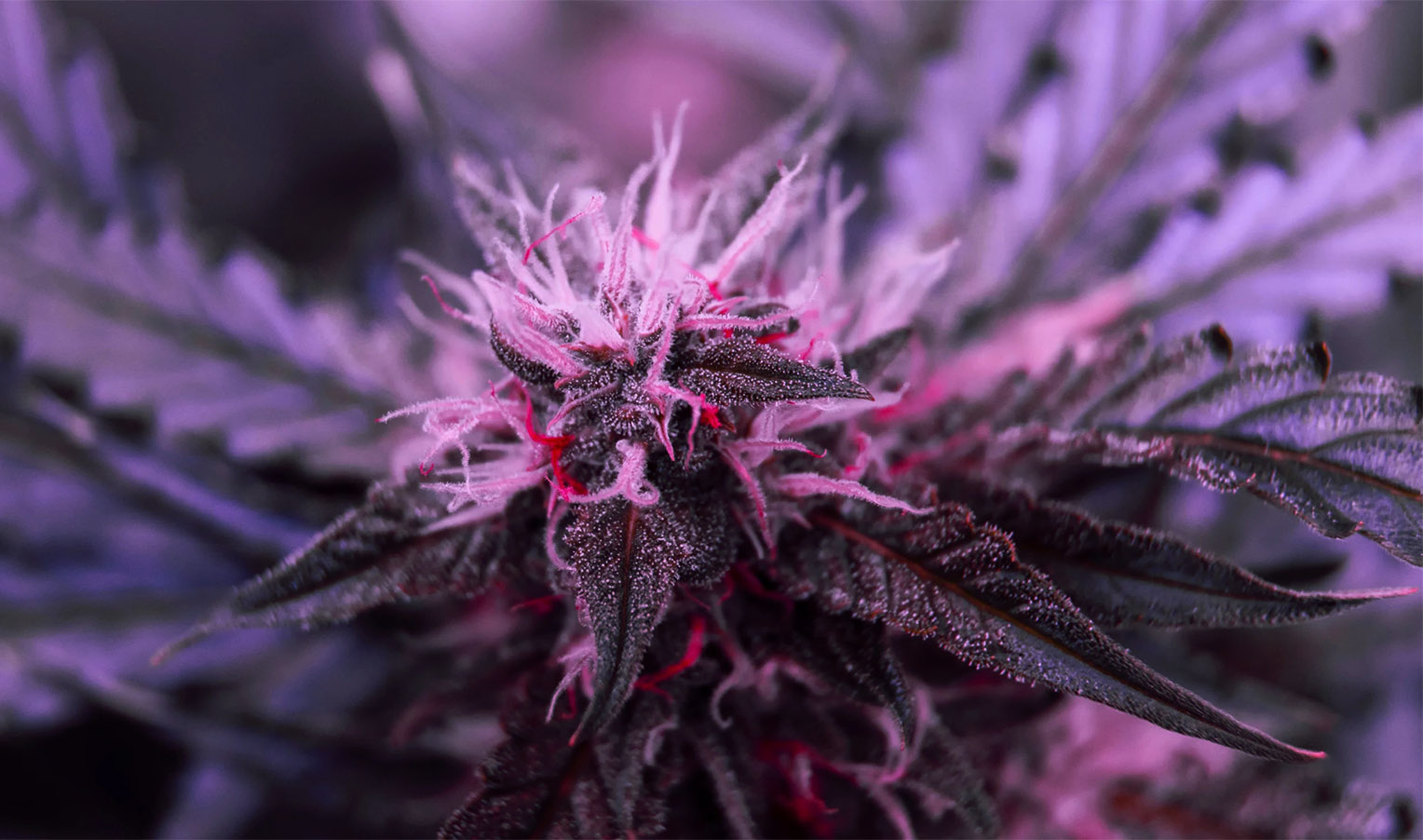
Autoflowering cannabis seeds have revolutionized the world of growing. These unique and versatile genetics have gained popularity thanks to their ability to flower automatically, regardless of the traditional light cycle. This type of plant is especially well suited for beginner gardeners. In this article, we will tell you what autoflowering cannabis is, its origins, and the distinctive characteristics of this plant.
Autoflowering Seeds: The History of Origin
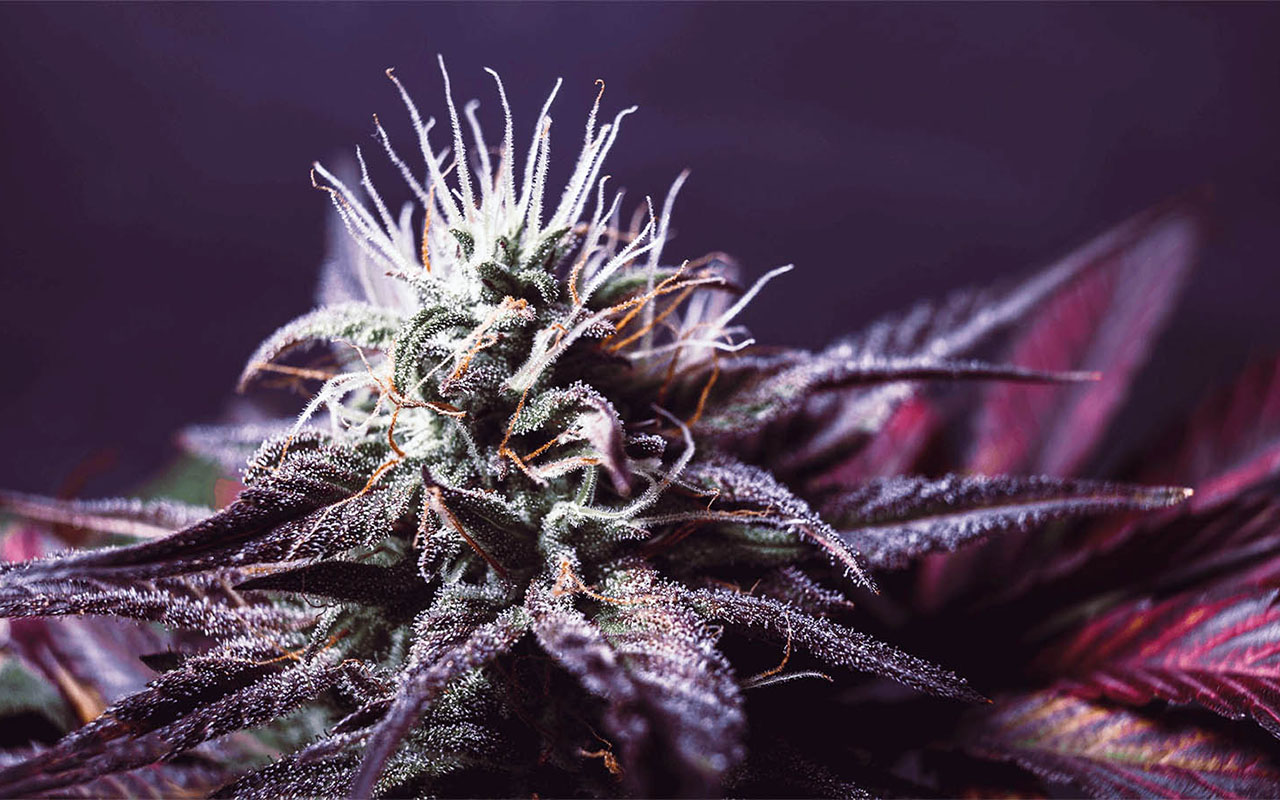
Autoflowering cannabis strains originate from regions with extreme climates and short growing seasons, such as Siberia and Northern European countries. The ancestors of modern autoflowering strains are Ruderalis genetics – one of the three main cannabis subspecies. There are three primary types of cannabis: Indica, Sativa, and Ruderalis.
This type of cannabis has the ability to flower automatically, regardless of the light cycle or the number of daylight and darkness hours. Such characteristics are an evolutionary adaptation for survival in harsh climatic conditions of its native regions. Through selective crossbreeding with Indica and Sativa strains, breeders have developed autoflowering varieties that combine Ruderalis’ unique traits with high cannabinoid content, distinctive aromas, and flavors.
Thanks to the use of next-generation autoflowering hybrids instead of pure Ruderalis to create new auto genetics, breeders have improved these strains to an incredibly high level of performance within just a few decades.
Characteristics of Autoflowering Strains
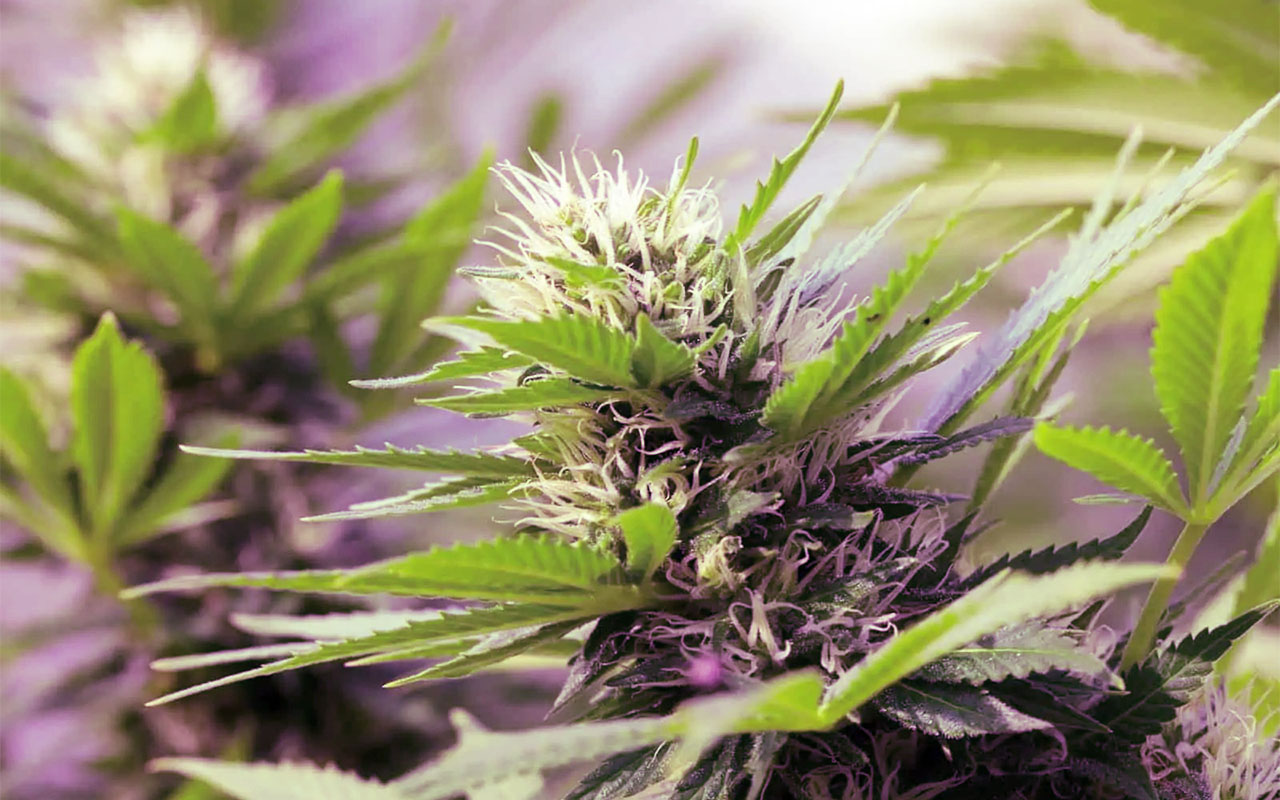
Autoflowers are strains with several unique features that make them extremely popular. These include:
- Fast life cycle: Autoflowering strains have a shorter life cycle compared to photoperiod strains. Typically, from germination to harvest takes 8–10 weeks, allowing multiple harvests throughout the year.
- Automatic flowering: Plants begin flowering automatically after a predetermined vegetative period, usually about 3–4 weeks after germination. They do not rely on changes in the light cycle to trigger flowering.
- Compact size: Autoflowering plants are generally smaller than photoperiod strains, making them ideal for growing in small spaces.
- Resilience: Thanks to their origins in harsh climates and resistance to environmental stresses, autoflowering strains are more tolerant of pests, diseases, and climate changes. They are perfect for beginner growers.
- Lighting flexibility: While autoflowering plants thrive under 18–20 hours of light per day throughout their life cycle, they can tolerate shorter light cycles if needed. This gives growers more flexibility when planning lighting and energy consumption, especially in the final weeks of flowering.
Autoflowering Seeds at Sunny Seeds
At “Sunny Seeds,” you can buy autoflowering cannabis seeds with various genetics and unique characteristics from international seed banks.
In our catalog, you will also find feminized and regular cannabis seeds, suitable for both beginners and professionals, as well as strains with a dominance of Sativa.
Growing Autoflowering Cannabis
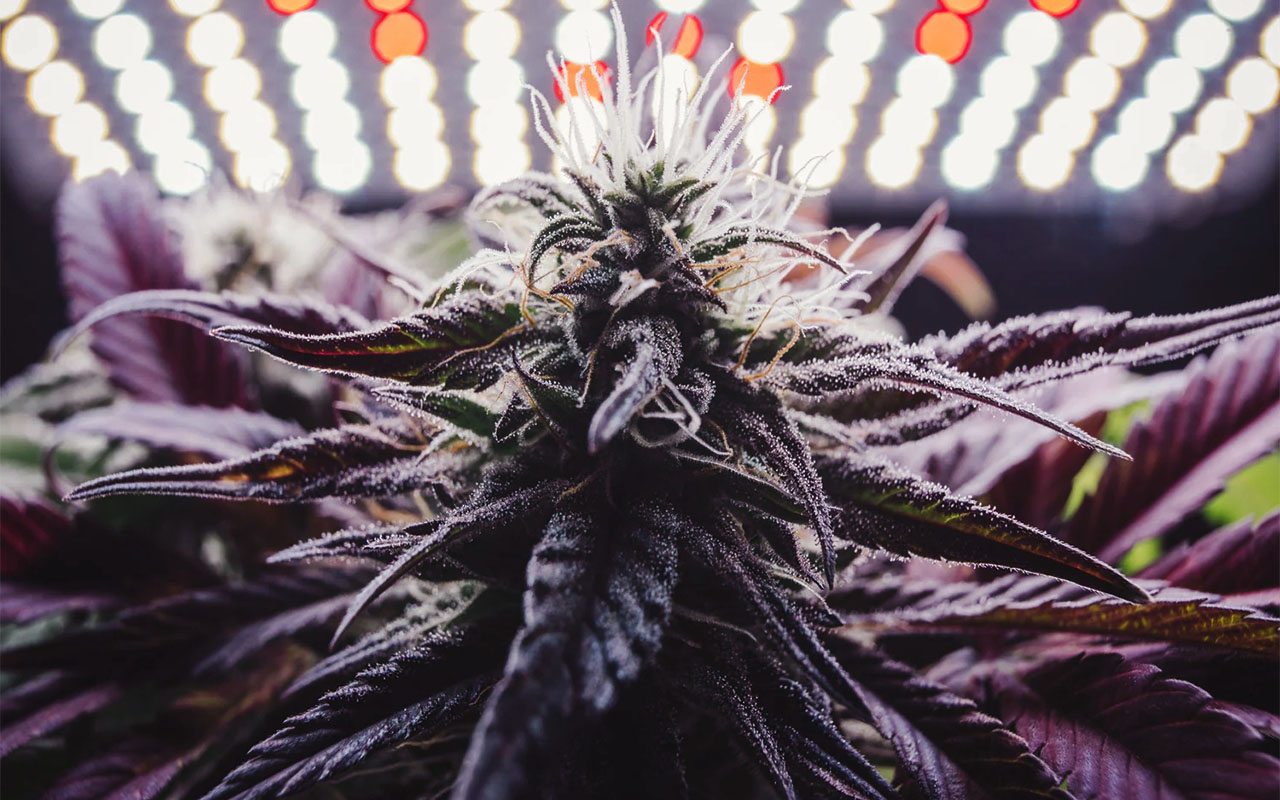
The needs of autoflowers are generally the same as those of feminized and photoperiod seeds. Growing these seeds requires certain conditions to achieve maximum yields. Here are some tips to help you grow these seeds successfully without setbacks.
Photoperiod and Pot Size
As mentioned earlier, autoflowering plants begin to flower regardless of the number of daylight or dark hours. However, it’s important to remember that the more light they receive, the larger they grow and the better the results. Outdoors, choose locations with maximum sun exposure, while indoors they are typically grown under a 20/4 light cycle.
When growing autoflowering strains, it is recommended to plant germinated seeds directly into the final pot to avoid transplanting. The larger the pot, the larger the plant and its final mass. Since these plants have a short growth period, excessively large pots are unnecessary. For indoor growing, pots of 11–15 liters per plant are recommended, while for outdoor growing, pots of about 30–40 liters are ideal.
Plant Nutrition and Flowering Start
For the best results, use fertilizers or additives containing beneficial microorganisms to maximize root development during the early stages and maturation. During the vegetative stage, apply nitrogen-rich fertilizers, and after the first pistils appear, switch to bloom fertilizers high in potassium and phosphorus.
Autoflowering plants begin flowering when they reach maturity, usually about 3–4 weeks after sprouting. This period may vary depending on the plant’s genetics. Early signs of flowering can be seen when the plant’s nodes lose symmetry, and the first pistils begin to form. The flowering stage of these plants typically lasts 6–8 weeks.
Conclusion
This type of cannabis deserves attention because of its many advantages. Autoflowering seeds have revolutionized gardening worldwide, offering stronger traits and a more efficient, rewarding way to grow. With fast growth, low maintenance requirements, and compact size, autoflowering seeds are an excellent choice for both beginner and experienced growers.
Attention! Sunny Seeds does not encourage or promote cannabis cultivation in any way. Growing cannabis is prohibited by Ukrainian law. This article is intended for informational and scientific purposes only.

